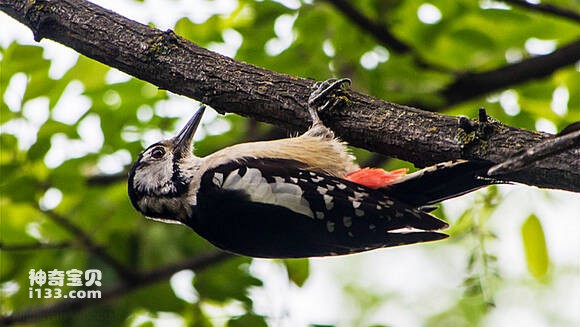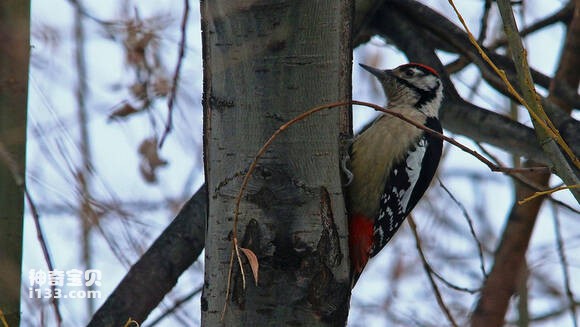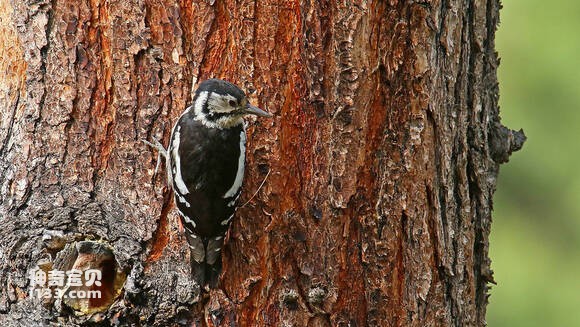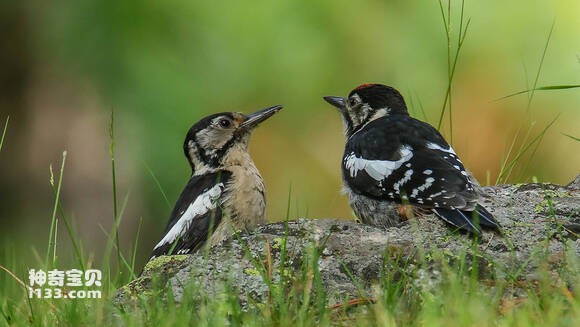Dendrocopos himalayensis
IUCN
LCBasic Information
Scientific classification
- name:Dendrocopos himalayensis
- Scientific Name:Dendrocopos himalayensis,Himalayan Woodpecker
- Outline:Climbing birds
- Family:
Vital signs
- length:No textual research information is available
- Weight:No textual research information is available
- lifetime:No textual research information is available
Feature
Distribution and Habitat
The Himalayan woodpecker is found in Eurasia and northern Africa, including throughout Europe, Africa north of the Tropic of Cancer, the Arabian Peninsula, and Asia north of the Himalayas, Hengduan Mountains, Minshan Mountains, Qinling Mountains, and Huai River. The Indian subcontinent and the southwestern part of China, including India, Bangladesh, Bhutan, Sikkim, Nepal, Pakistan, Sri Lanka, Maldives and the southeastern part of China's Tibet.
Indochina Peninsula and southeast coastal areas of China, including Myanmar, Vietnam, Laos, Cambodia, Thailand, southeast coastal areas of China, Hong Kong region of China, Hainan Island.
Appearance
Himalayan woodpecker has a large head, but a long neck, a tough and straight beak, chisel-shaped, and bare nostrils; The ceratohyoid bone extends into a circular band on both sides from the throat around the occipital and above the rostral base. The tongue is long and telescopic, with short hooks at the tip; Feet slightly shorter, with 3 or 4 digits; Primary flight feathers 9. The skull is sauropalatine, the hock bones are replaced by a few pairs of bone pieces, the maxillary palatine bones are small away from the sides, the posterior end of the sternum is 2 incised on each side, and the sternal stalk is forked. The leg muscle lacks perch muscle and accessory femorus coccygeus muscle; The tail is flat or wedge-shaped, and the tail feathers are mostly 12, and the feathers are hard and elastic, supporting the body when pecking.
Details
The Himalayan Woodpecker has the scientific name Dendrocopos himalayensis and the foreign name Himalayan woodpecker. The specific habitat of the bird is unknown。




Listed in the International Union for Conservation of Nature (IUCN) ver 3.1:2009 Bird Red List.
Protect wild animals and eliminate wild meat.
It is everyone's responsibility to maintain ecological balance
!








